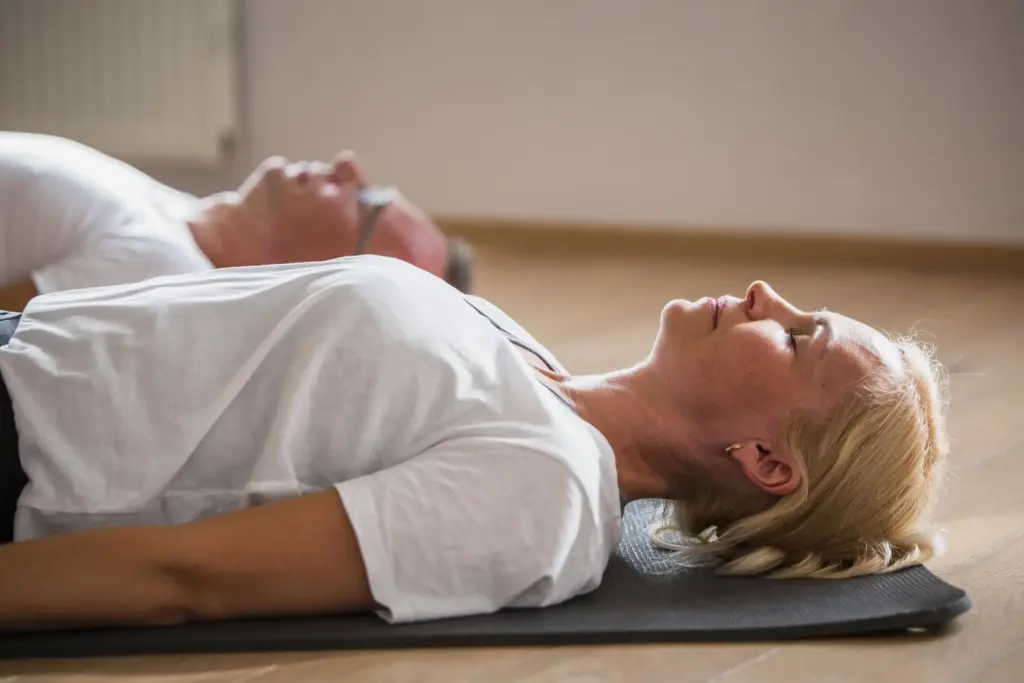In our fast-paced world, where stress and anxiety have become commonplace, many are seeking natural ways to improve their health and well-being. One of the most powerful yet often overlooked practices is breathwork. At its core, breathwork involves conscious control of your breathing to enhance physical, mental, and emotional wellness. But what exactly is breathwork, what types exist, and how can it benefit you? Let’s explore!
Understanding Breathwork
Breathwork is a range of techniques that involve various breathing exercises designed to improve health and promote relaxation. While the concept of mindful breathing dates back thousands of years in disciplines like yoga and meditation, the term “breathwork” has gained popularity in recent years, encompassing various modern and traditional practices.
Types of Breathwork
- Pranayama: A practice rooted in yoga, pranayama involves controlling the breath to energize the body and calm the mind. It includes techniques such as alternate nostril breathing and breath retention.
- Holotropic Breathwork: This technique, developed by psychiatrist Stanislav Grof, combines accelerated breathing with music to facilitate deep emotional release and self-exploration.
- Transformational Breath: This method focuses on full, connected breaths, which can help release physical and emotional tension.
- Buteyko Method: Originally designed to help asthma sufferers, this technique encourages gentle, nasal breathing to improve oxygenation and reduce breathlessness.
- Sudarshan Kriya: This rhythmic breathing practice combines specific breathing patterns with sound and movement, promoting relaxation and mental clarity.
Physical Health Benefits
Breathwork is not just about relaxation; it offers several physical health benefits:
- Improved Lung Capacity: Regular practice can enhance your lung function, leading to better oxygen supply to your cells and increased stamina.
- Enhanced Oxygenation: Optimal breathing techniques improve oxygen circulation throughout the body, boosting your overall vitality.
- Stress Reduction: Research shows that breathwork can lower cortisol levels, which helps reduce stress and anxiety. By focusing on your breath, you can activate the body’s relaxation response.
- Pain Management: Breathwork can assist in managing chronic pain by promoting relaxation and reducing muscle tension, allowing for a more comfortable physical state.

Mental Health Advantages
The impact of breathwork extends well beyond physical health:
- Anxiety and Depression Relief: Studies indicate that breathwork practices can significantly decrease anxiety levels and improve overall mood by calming the nervous system and encouraging the release of endorphins.
- Increased Focus and Clarity: Many individuals report enhanced mental clarity and focus after breathwork sessions. This occurs due to improved blood flow and oxygenation to the brain.
- Mindfulness and Presence: Breathwork encourages mindfulness, enabling you to be present and fully engaged in the moment. This practice can help clear mental clutter and improve overall mental health.
Emotional Well-being
Breathwork is also a powerful tool for emotional healing:
- Emotional Release: Engaging in breathwork can facilitate emotional release, allowing individuals to confront and process suppressed feelings. This cathartic experience can lead to profound emotional healing.
- Enhanced Connection to Self: Through breathwork, many find a deeper connection to their inner selves. It encourages introspection, self-awareness, and a better understanding of one’s emotions and behaviors.
Holistic Wellness Connection
Breathwork is often integrated into various wellness practices, such as yoga and meditation, providing a holistic approach to health. Group breathwork sessions can also foster a sense of community and support among participants, enhancing the overall experience.

Getting Started with Breathwork
If you’re new to breathwork, here are a few simple techniques to get started:
- Diaphragmatic Breathing: Sit comfortably, place one hand on your chest and the other on your abdomen. Inhale deeply through your nose, allowing your abdomen to rise. Exhale through your mouth, noticing your abdomen fall. Aim for five to ten minutes of this practice.
- Box Breathing: Inhale for a count of four, hold for four, exhale for four, and hold for four. Repeat this cycle several times to create a calming rhythm.
- Nasal Breathing: Close your mouth and breathe solely through your nose for a few minutes. This simple practice helps slow your breath and promotes deeper relaxation.
Consider exploring online resources or local classes to learn more about breathwork techniques and their potential benefits.
Conclusion
Breathwork offers a treasure trove of benefits for physical health, mental clarity, and emotional balance. As you embark on your wellness journey, consider incorporating breathwork into your routine. With dedication and practice, you may discover its transformative power in enhancing your overall well-being.


